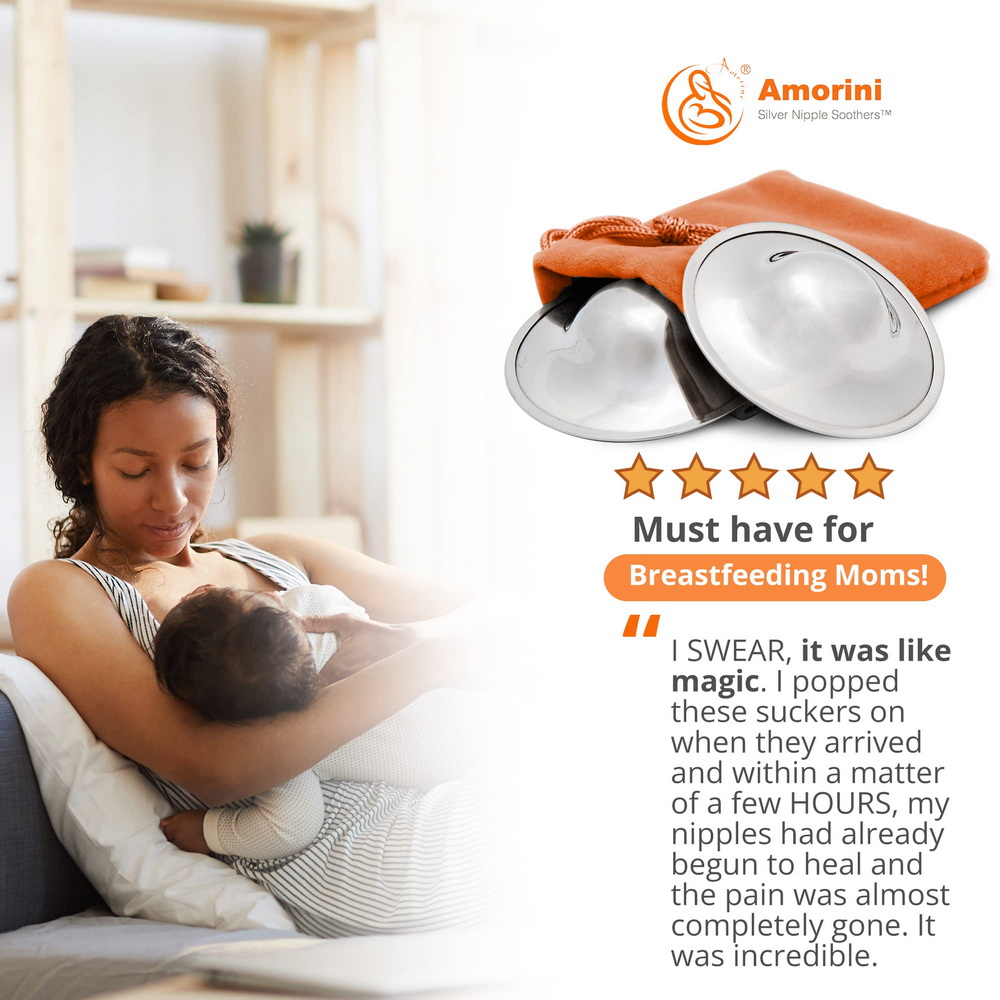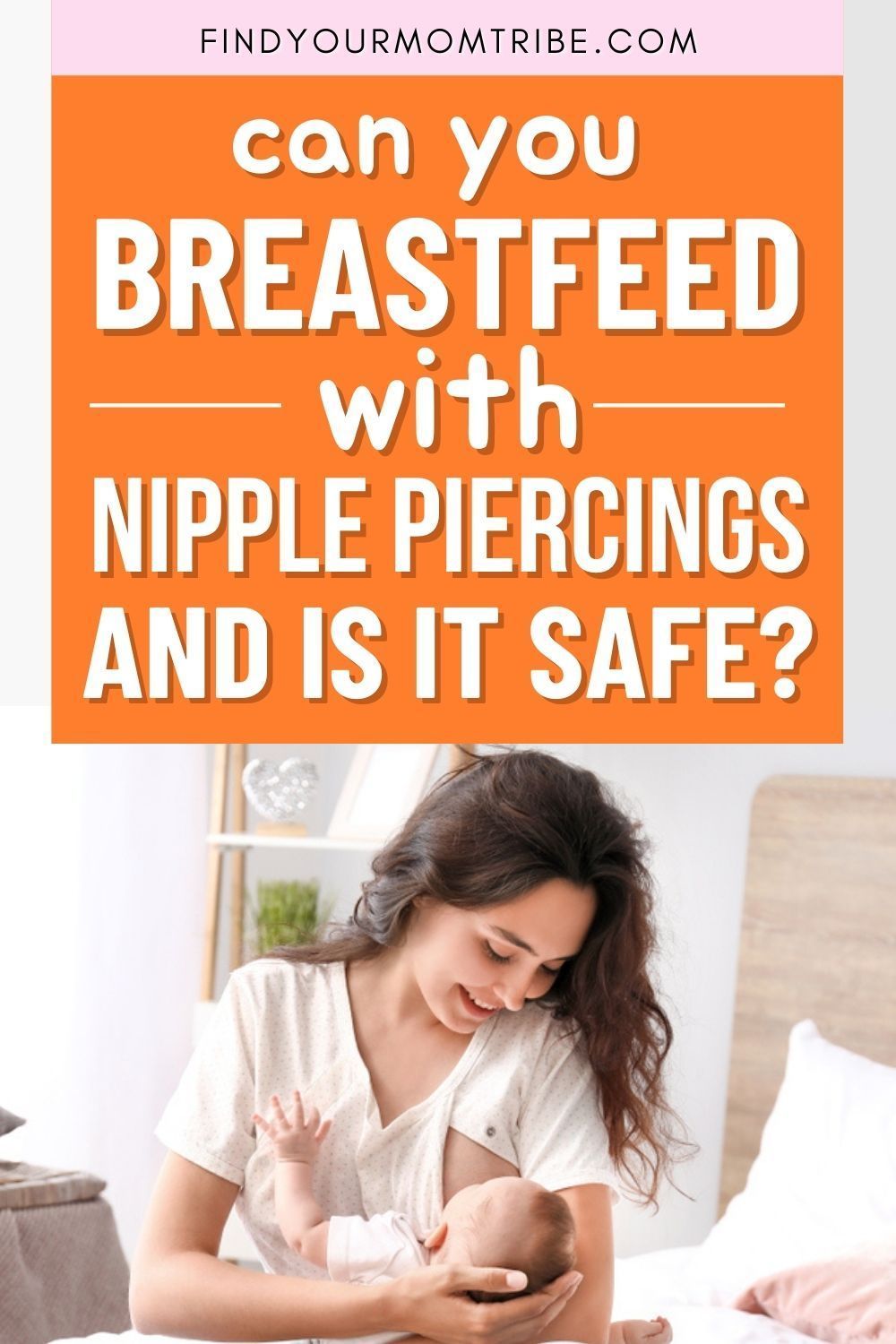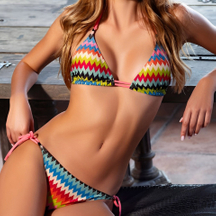Content Menu
● Introduction
● What Are Nipple Covers and Are They Safe For Breastfeeding?
● Pros and Cons of Wearing Nipple Covers While Breastfeeding
>> Pros
>> Cons
● Benefits of Using Nipple Covers While Breastfeeding
>> 1. Relief from Pain
>> 2. Improved Latching
>> 3. Convenience and Discretion
● Potential Drawbacks of Nipple Covers
>> 1. Risk of Reduced Milk Transfer
>> 2. Dependency on Nipple Covers
>> 3. Hygiene Concerns
● When and How to Use Nipple Covers While Breastfeeding
>> Ideal Times To Use Nipple Covers
>> How to Wear Nipple Covers While Breastfeeding
● Expert Recommendations
>> Consult a Lactation Consultant
>> Use as a Temporary Solution
>> Monitor Baby's Feeding
● Silicone vs. Fabric Nipple Covers: Which Is Best For Breastfeeding Moms?
● Real Experiences: Can You Wear Nipple Covers While Breastfeeding?
● Can Wearing Nipple Covers While Breastfeeding Cause Problems?
● How to Choose the Best Nipple Covers for Breastfeeding
● Key Tips for Wearing Nipple Covers While Breastfeeding
● Frequently Asked Questions
>> 1. Can You Wear Nipple Covers While Breastfeeding?
>> 2. Which Is Better For Breastfeeding: Silicone Or Fabric Nipple Covers?
>> 3. Are There Risks To Wearing Nipple Covers While Breastfeeding?
>> 4. Can Nipple Covers Replace Nursing Pads?
>> 5. Can Silicone Nipple Covers Help with Nipple Pain?
● Conclusion
● References
Can You Wear Nipple Covers While Breastfeeding? A Complete Guide
Introduction
Breastfeeding is a journey filled with joys and challenges. From milk leakage and nipple sensitivity to wanting a discreet look under your clothes, many mothers wonder: can you wear nipple covers while breastfeeding? This article explores all aspects of wearing nipple covers while breastfeeding, covering safety, best practices, pro tips, and real experiences from breastfeeding moms.[2][1]

What Are Nipple Covers and Are They Safe For Breastfeeding?
Nipple covers are thin discs made from materials such as silicone or fabric, designed to fit over your nipples to offer protection, modesty, or shield sensitive skin. There are two main types:
- Silicone nipple covers: Often adhesive, waterproof, and reusable; popular for seamless coverage under clothes.[1][2]
- Fabric nipple covers: Made from soft materials like cotton or bamboo, breathable and gentle, sometimes disposable.[2]
But can you wear nipple covers while breastfeeding? The answer is yes, particularly between feeds or in special circumstances, though they shouldn't be used as a substitute for nursing pads during an active feeding session.[1][2]
Pros and Cons of Wearing Nipple Covers While Breastfeeding
Pros
- Leakage protection: Silicone covers provide a waterproof barrier, reducing the embarrassment and discomfort of leaks.[2][1]
- Soothing sore nipples: Covers reduce friction from bras and clothing, offering relief especially if you're dealing with sensitivity or minor irritation.[1][2]
- Discreet look: Many moms want to avoid showing nipple outlines through tight dresses or tops. Nipple covers, especially silicone, create a smooth silhouette.[2][1]
- Post-feeding relief: Can provide protection after nursing, when nipples might be particularly tender.[1]
- Overnight and during activity: Waterproof, adhesive covers are helpful for nighttime or during exercise.[2][1]
Cons
- Not designed for direct breastfeeding: Do not use nipple covers as a feeding aid unless they're medical-grade nipple shields designed for latch issues. Covers are removed for nursing.[3][2]
- Less breathable: Silicone covers can trap moisture, which may contribute to irritation or yeast infections if worn for too long.[2]
- Possible skin sensitivity: Some adhesives may cause reactions, though medical-grade silicone is gentler.[1][2]
- Adjustment needs: Fabric covers may shift, especially during physical movement.[2]

Benefits of Using Nipple Covers While Breastfeeding
1. Relief from Pain
Many mothers experience nipple pain during the early stages of breastfeeding. Nipple covers can provide a protective barrier, allowing mothers to continue breastfeeding while their nipples heal. According to experts, using nipple covers can help alleviate discomfort caused by a poor latch or sensitive skin.
2. Improved Latching
For some babies, achieving a proper latch can be challenging. Nipple covers can help by providing a more pronounced surface for the baby to latch onto. This can be particularly beneficial for mothers with flat or inverted nipples, as it allows the baby to latch more easily and effectively.
3. Convenience and Discretion
Nipple covers can be a practical solution for mothers who want to breastfeed in public without feeling exposed. They can also help manage any leakage that may occur between feedings, providing an extra layer of protection.
Potential Drawbacks of Nipple Covers
While nipple covers can be beneficial, there are some considerations to keep in mind:
1. Risk of Reduced Milk Transfer
Some studies suggest that using nipple covers may affect the transfer of milk to the baby. If the baby is unable to latch properly or if the nipple cover interferes with the breastfeeding process, it could lead to inadequate milk intake for the baby.
2. Dependency on Nipple Covers
Mothers may become reliant on nipple covers, which can hinder the development of a proper latch. It is essential to work with a lactation consultant to ensure that any underlying issues are addressed and that the use of nipple covers does not become a long-term solution.
3. Hygiene Concerns
Maintaining proper hygiene is crucial when using nipple covers. They should be cleaned regularly to prevent any risk of infection or irritation. Mothers should follow the manufacturer's instructions for cleaning and care.
When and How to Use Nipple Covers While Breastfeeding
Ideal Times To Use Nipple Covers
- Between feeds: Wear for leak protection, modesty, and when you want to avoid nipple outlines in your outfit.[2]
- Sleep time: Especially useful for moms who experience overnight leakage.[1]
- Physical activities: For exercise or outdoor events, adhesive covers provide stay-in-place protection against leaks.[1][2]
How to Wear Nipple Covers While Breastfeeding
1. Clean and dry your skin thoroughly before applying for best adhesion and comfort.[1][2]
2. Center the nipple cover over the nipple and press gently if using adhesive-backed silicone types.[1]
3. Remove covers before nursing your baby, unless you are using a medical-grade nipple shield for latch support.[3][2]
4. Clean reusable covers thoroughly with mild soap and water before each use to prevent irritation or infection.[2][1]
Pro tip: Alternate between fabric and silicone covers based on your skin sensitivity and activity level.[2]
Expert Recommendations
Consult a Lactation Consultant
Before using nipple covers, it is advisable to consult with a lactation consultant. They can provide personalized guidance on whether nipple covers are appropriate for your situation and how to use them effectively.
Use as a Temporary Solution
Nipple covers should generally be considered a temporary solution. While they can provide relief and assistance, it is essential to address any underlying breastfeeding challenges to ensure a successful breastfeeding experience.
Monitor Baby's Feeding
Keep an eye on your baby's feeding patterns and weight gain. If you notice any issues, such as poor weight gain or signs of dehydration, consult a healthcare professional immediately.
Silicone vs. Fabric Nipple Covers: Which Is Best For Breastfeeding Moms?
| Feature | Silicone Nipple Covers | Fabric Nipple Covers |
| Leak Protection | Waterproof for moderate to heavy leaks | Absorbs light leaks, not waterproof |
| Comfort | Cushions sore skin, smooth under clothes | Breathable and soft on sensitive skin |
| Adhesion | Stays in place, even for active moms | May shift, less suitable for heavy activity |
| Breathability | Traps moisture, can cause irritation | Allows airflow for better skin health |
| Reusability | Long-lasting, easy to clean | Disposable or requires frequent washing |
| Skin Sensitivity | May irritate especially if not medical-grade | Hypoallergenic, gentle |
| Cost | Higher upfront, lasts longer | Lower upfront, more replacements |
Real Experiences: Can You Wear Nipple Covers While Breastfeeding?
Breastfeeding moms have shared various experiences about whether you can wear nipple covers while breastfeeding:
- Many use silicone covers for all-day leak protection and confidence, especially when returning to work or attending events where leaks are a concern.[1][2]
- Moms with sensitive or healing nipples find fabric covers gentler, particularly at night or for short intervals.[2]
- Some mothers alternate between both types, choosing silicone for active periods and fabric for quiet times or sleep.[2]
- Clinical experts highlight the importance of using nipple covers only between feeds, not during nursing unless a nipple shield is needed for latch support.[3][2]

Can Wearing Nipple Covers While Breastfeeding Cause Problems?
If worn correctly—clean, dry, and for moderate durations—nipple covers are generally safe. Problems can arise if you:
- Use non-breathable covers for many hours, leading to trapped moisture and potential skin irritation or infection.[2]
- Don't clean reusable covers properly, increasing the risk of bacterial growth.[1]
- Use covers instead of nipple shields for latch or pain issues—seek medical-grade products and lactation advice in these cases.[3]
Always monitor your skin health. If you experience unusual redness, rash, or persistent sensitivity, consult your healthcare provider.[2]
How to Choose the Best Nipple Covers for Breastfeeding
- For heavy leaks and active days: Opt for silicone covers with medical-grade adhesives.[1][2]
- For sensitive or irritated nipples: Choose soft, hypoallergenic fabric covers for better airflow.[2]
- Eco-conscious moms: Select reusable, sustainably packaged silicone options.[1]
- Budget-friendly choice: Fabric covers, while less durable, can be more economical for short-term needs.[2]
Look for reputable brands and read user reviews for real insights.[2]
Key Tips for Wearing Nipple Covers While Breastfeeding
- Only wear nipple covers between feeding sessions.
- Remove covers before nursing unless using a prescribed nipple shield.
- Clean reusable covers after each use.
- Monitor your skin for signs of irritation or infection.
- Alternate cover types to suit activity, comfort, and skin sensitivity.
Frequently Asked Questions
1. Can You Wear Nipple Covers While Breastfeeding?
Yes! It is safe to wear nipple covers between breastfeeding sessions for leak protection and comfort, but remove them before direct feeding.[2]
2. Which Is Better For Breastfeeding: Silicone Or Fabric Nipple Covers?
Silicone provides superior leak protection for active or high-leak scenarios, while fabric is gentler and best for sensitive or healing skin.[2]
3. Are There Risks To Wearing Nipple Covers While Breastfeeding?
Potential risks include skin irritation, yeast growth if moisture is trapped, and improper use for latch issues. Use clean, medical-grade covers and monitor skin condition.[1][2]
4. Can Nipple Covers Replace Nursing Pads?
No. While they offer some leak protection and coverage, nipple covers won't typically absorb heavy milk flow like nursing pads.[1][2]
5. Can Silicone Nipple Covers Help with Nipple Pain?
Yes, silicone nipple covers provide cushioning from clothing and help reduce pain due to friction, though they do not address issues with latch or infection.[1][2]
Conclusion
The answer to "can you wear nipple covers while breastfeeding" is a confident yes, with certain precautions in place. The best practice is to select covers suitable for your needs, remove before feeding, keep everything clean, and check your comfort. For custom or private-label nipple covers tailored to overseas brands, wholesalers, and manufacturers, contact our professional Chinese swimwear factory for high-quality, OEM service tailored to your requirements.
References
[1](https://lovenood.com/blogs/news/the-benefits-of-using-silicone-nipple-covers-as-breast-pads-while-breastfeeding)
[2](https://gomommyus.com/blogs/news/best-nipple-covers-for-breastfeeding)
[3](https://my.clevelandclinic.org/health/treatments/22130-nipple-shield)
[4](https://www.reddit.com/r/BabyBumps/comments/vyloxg/are_nursing_pasties_a_thing_my_bazongas_like_to/)
[5](https://www.medela.com/en-us/breastfeeding-pumping/articles/breastfeeding-challenges/nipple-shields-for-nursing-when-and-why-to-use-them)
[6](https://www.columbiadoctors.org/health-library/article/nipple-shields-breastfeeding-problems/)
[7](https://www.whattoexpect.com/baby-products/feeding-nutrition/nipple-shields-breastfeeding/)
[8](https://lovenoodme.com/blogs/news/new-mom-breastfeeding-heres-why-silicone-nip-covers-make-great-a-great-alternative-to-bra-pads)
[9](https://breastfeeding.support/nipple-shields-good-or-bad/)
[10](https://www.walmart.com/ip/Momcozy-Contact-Silicone-Nipple-Shields-for-Breastfeeding-Ultra-Thin-Super-Soft/5513266530)
[11](https://abm.me.uk/breastfeeding-information/using-a-nipple-shield-with-a-breastfed-baby/)
[12](https://pmc.ncbi.nlm.nih.gov/articles/PMC3014757/)
[13](https://www.reddit.com/r/beyondthebump/comments/76qq9y/tell_me_your_positive_experiences_with_a_nipple/)
[14](https://www.breastfeeding.asn.au/resources/nipple-shields)
[15](https://lansinoh.com/blogs/breastfeeding-pumping/whats-a-nipple-shield-and-do-i-need-one)
[16](https://www.thebump.com/a/what-are-nipple-shields)
[17](https://laleche.org.uk/nipple-shields/)
[18](https://www.cebm.ox.ac.uk/news/views/nipple-shields-the-first-systematic-review-after-at-least-300-years-of-use)
[19](https://lansinoh.com/products/soothies-cooling-gel-pads)
[20](https://stckyboo.com/blogs/news/navigating-motherhood-wearing-pasties-while-breastfeeding)


































































